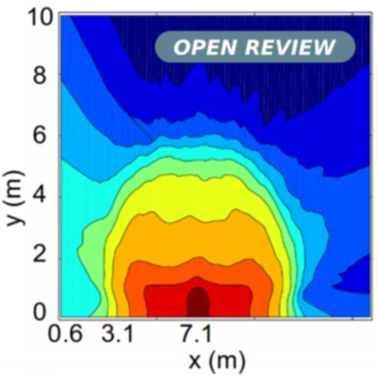Influence of bottleneck lengths and position on simulated pedestrian egress
DOI:
https://doi.org/10.4279/pip.090001Keywords:
pedestrian egress, exit at corner, crowd modelling, evacuation.Abstract
In this paper, the problem of pedestrian egress under different geometries is studied by means of two numerical models. The length of the bottleneck after the exit and the distance of the exit to the lateral wall of a squared room are investigated. Both models show that an increase in the bottleneck length increases the evacuation time by more than 20 %, for any exit position. Hence, a bottleneck length tending to zero is the best choice. On the contrary, the results of moving the exit closer to the lateral wall are different in both models and, thus, its convenience cannot be stated. To unveil whether this layout modification is favorable, experimental data are required. Moreover, the discrepancy between models indicates that they should be validated considering several scenarios.
Received: 25 August 2016, Accepted: 3 January 2017; Edited by: G. C. Barker; Reviewed by: A. Seyfried, Institute for Advanced Simulation Julich Supercomputing Centre, Germany; DOI: http://dx.doi.org/10.4279/PIP.090001
Cite as: D R Parisi, G A Patterson, Papers in Physics 9, 090001 (2017)
This paper, by D R Parisi, G A Patterson, is licensed under the Creative Commons Attribution License 3.0.

Downloads
Published
How to Cite
Issue
Section
License
Authors agree to the PIP Copyleft Notice









